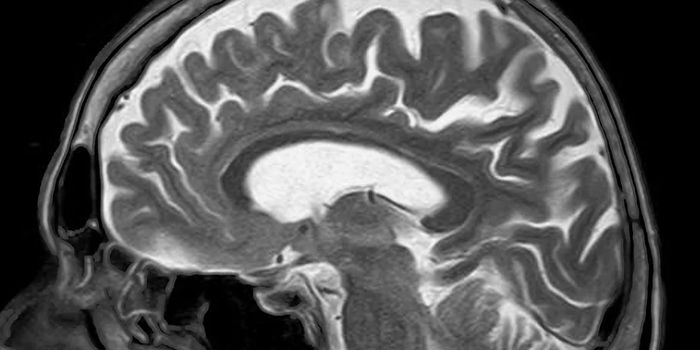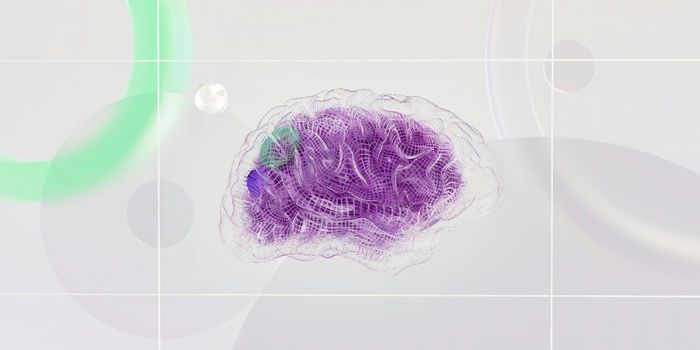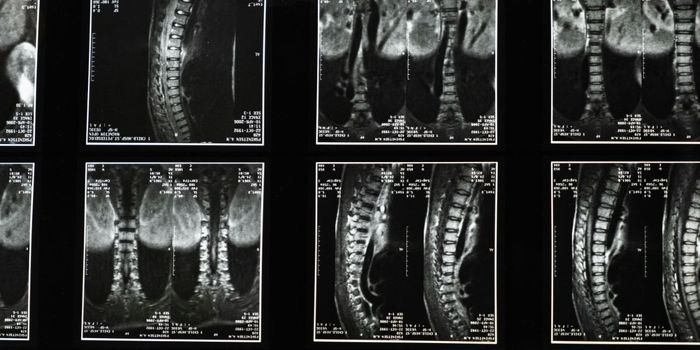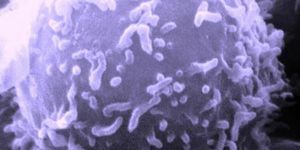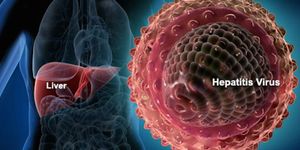Indiana University researchers have found that broken communication in a specific part of the brain plays a role in the involuntary physical movements that affect individuals with Huntington's disease.

An incurable, inherited genetic disorder that affects about 300,000 Americans, Huntington's disease involves progressive loss of brain cells and motor function, typically starting in midlife, causing involuntary movement, psychosis and other severe cognitive and emotional problems. The disease is caused by an abnormally long repeating stretch of the amino acid glutamine within a large protein called huntingtin.
The study, led by George Rebec, Chancellor's Professor in the College of Arts and Sciences' Department of Psychological and Brain Sciences at IU Bloomington, suggests a "cell-interaction model" of Huntington's disease, in which this genetic mutation causes erroneous communication between the brain's cerebral cortex and the striatum. The striatum is a portion of the forebrain most affected by Huntington's disease, resulting in physical symptoms.
The results also strongly counter a previously proposed "cell-autonomous model," in which the disease's symptoms stem from the mere presence of the mutated huntingtin gene in the striatum.
"To our knowledge, this is the first evidence in living organisms indicating the mutant huntingtin gene in the brain's cortical output neurons plays an important role in shaping the aberrant activity in striatum -- and the related physical symptoms -- seen in people with Huntington's disease," Rebec said. "The results suggest a new approach to treatment -- targeting a single portion of the brain isn't enough because broken communication between its regions seems to worsen the condition."
There is currently no treatment for Huntington's disease that targets the root cause of the condition, only the symptoms.
"Drugs designed to inhibit movement unfortunately aren't much better than chemical straitjackets," Rebec said. "Ultimately, genetic treatment may be the only answer, but more effective and targeted drug treatments could hold promise in the more immediate future."
To conduct their study, Rebec and collaborators used three mouse models: one that had the mutant huntingtin gene in the striatum but suppressed in the cerebral cortex; a second with Huntington's disease where the mutant huntingtin gene was not suppressed; and a third healthy control group. An approximately equal number of male and female mice were used in the study.
The striatum, which receives messages from the cerebral cortex, is responsible for bodily functions ranging from fine motor control to complex behaviors, such as social interactions. To assess function and communication between these brain regions, scientists measured the electrical firing patterns in the cortex and striatum of the three types of mice as they moved freely. All mice were assessed at regular intervals for several months, including before and after the genetically altered mice began to show signs of Huntington's disease.
The mice were monitored for behaviors such as exploring (rearing or climbing up sloped walls); grooming (face washing and scratching); nest building (including the size of nests and amount of material used); and resting. Nest building served as a particularly significant measure of motor control deterioration and cognitive impairment, as it requires highly coordinated muscular activity.
Monitoring began at 20 weeks of age through 60 weeks of age, a range over which the mice with Huntington's disease began to develop symptoms.
As seen in previous studies of mice with Huntington's disease, the brain developed abnormal electrical activity compared to the healthy group.
But, in the mice that had mutant huntingtin gene suppressed in the cerebral cortex, these symptoms were significantly less severe. Neural activity in the striatum of these mice also was improved over the other mice with Huntington's disease.
The differences in electrical activity were observable in behavior. The mice that had the mutant huntingtin gene suppressed in the cerebral cortex exhibited fewer motor control problems compared to the other mice with Huntington's disease.
"These results strongly indicate that mutant huntingtin gene in the brain's cortical outputs is a key contributor to the physical symptoms observed in people with Huntington's disease," Rebec said. "The partial, but significant, improvement in both striatal neuronal activity and behavior in mice that had the mutant huntingtin gene suppressed in the cerebral cortex suggest that striatal interactions with the cortex play a key role in the motor dysfunctions of Huntington's disease.
"Looking to the future, new treatment approaches will need to be more sensitive to interactions between cells in the brain -- the mere presence of the mutant gene in a single region isn't the problem, it's also the interaction between affected regions."
The new research, published in the Journal of the Society for Neuroscience, was supported by the CHDI Foundation, the National Institutes of Health's National Institute of Neurological Disorders and Stroke, and the Hereditary Disease Foundation.
Source: Indiana University


